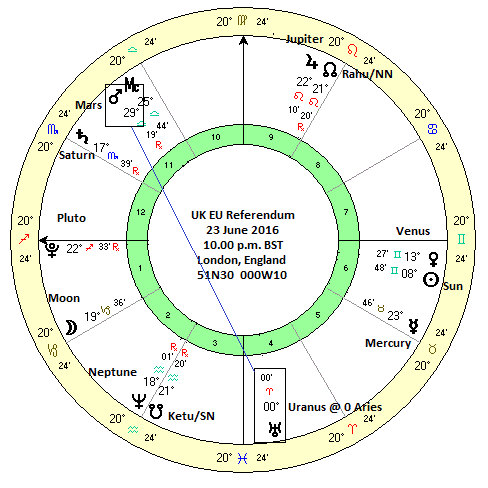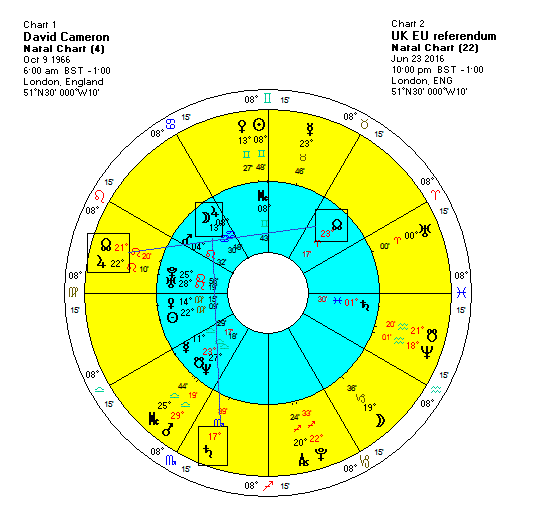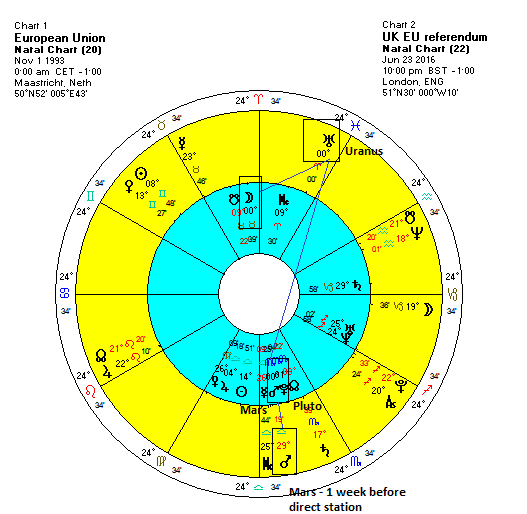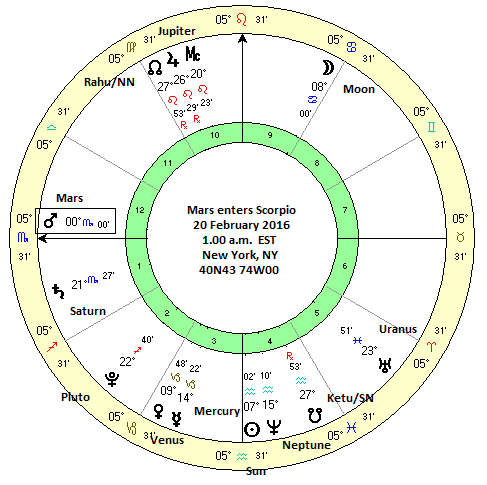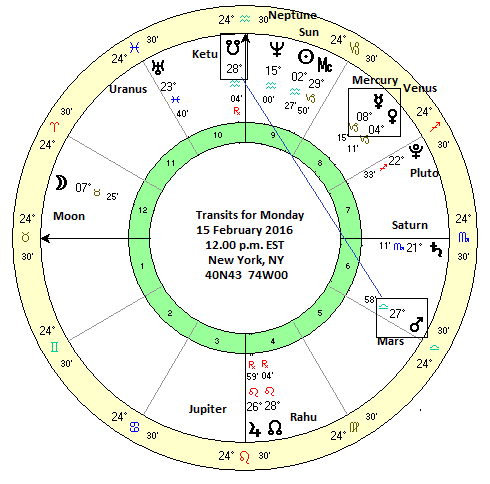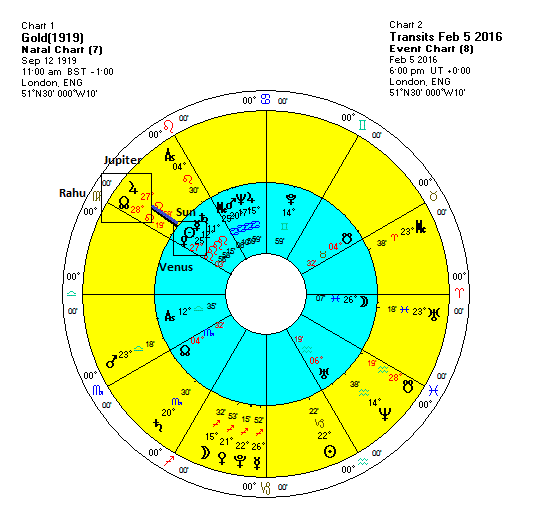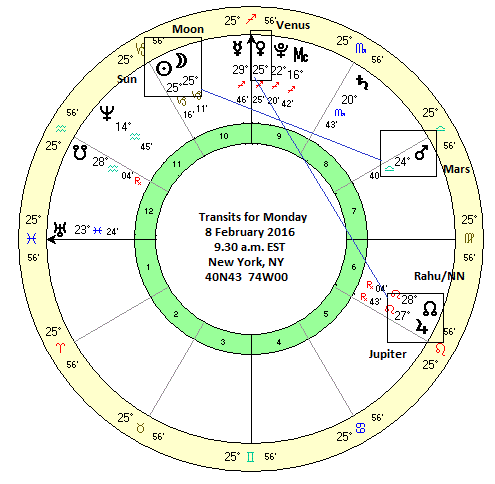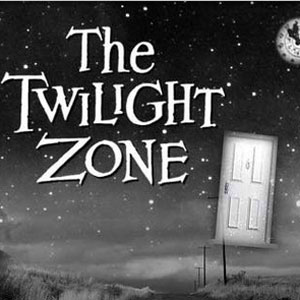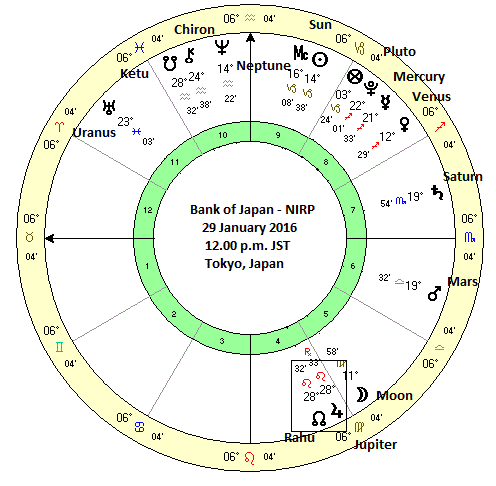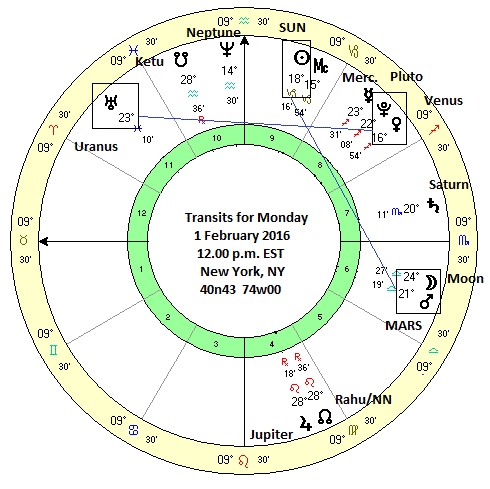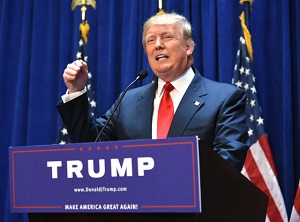 (29 February 2016)
On the eve of Super Tuesday, the Donald Trump juggernaut is on the
verge of gaining a stranglehold in the race for the GOP nomination. The
outspoken real estate businessman and reality television star already
enjoys a big lead in delegates and popular support and looks certain to
further cement his dominance before the July convention. Most analysts
expect him to win all but the Texas primary tomorrow and become the
inevitable choice of the Republican Party despite fierce opposition from
the party establishment.
(29 February 2016)
On the eve of Super Tuesday, the Donald Trump juggernaut is on the
verge of gaining a stranglehold in the race for the GOP nomination. The
outspoken real estate businessman and reality television star already
enjoys a big lead in delegates and popular support and looks certain to
further cement his dominance before the July convention. Most analysts
expect him to win all but the Texas primary tomorrow and become the
inevitable choice of the Republican Party despite fierce opposition from
the party establishment. Trump has become a polarizing figure in this strangest of primary seasons in the 2016 election cycle. He is clearly the most popular candidate in the field with most polls putting him near 40% support among Republicans. However, a near-equal number of Republicans strongly disapprove of him as they see him as an unpredictable opportunist who is not really conservative.
When I first discussed Trump's horoscope back in the summer of 2015, I thought his chart looked strong enough to win some early February primaries but would likely falter after that. I thought he was unlikely to win the nomination in July and quite unlikely to win the presidency in November. He has won three our of four of those early February primaries but he is much stronger than I thought he would be. As I saw it, his horoscope looked more difficult starting in March and that he would encounter more opposition.
Well, here we are on the last day of February and Donald Trump is flying high with political betting markets putting him near an 80% probability of winning the GOP nomination. Clearly, I have underestimated the strength of his chart. And yet, there is a lot of opposition to him across the political spectrum. The recent big wins in Nevada and South Carolina reflect his popularity but with each win there has been an intensification of opposition from main rivals Marco Rubio and Ted Cruz, as well as party standard bearers like Mitt Romney, the 2012 GOP nominee.
In this unprecedented primary season, opposition has taken the form of formal and organizational opposition rather than popular opposition. That was my basic mistake. When I saw various malefic transit hits to Trump's chart in early March, I thought it would manifest as diminishing vote totals rather than a full-fledged opposition from the party itself. Much to the dismay of the party faithful, Trump has basically taken over the GOP and its time-worn principles. Marco Rubio calls him a con-man who has hijacked the party. Some analysts suggest that the GOP itself may be on the verge of dissolving as a result of Trump's coup d'etat. Or perhaps it is merely evolving into a nativist, populist movement as a logical reaction to years of falling real wages as a result of the failure of globalization.
As transiting Mars transits further into Scorpio in March, I expected more troubles for Trump. Now I realize they may simply reflect more official hostility to his campaign rather than actual election defeats. Trump may well run the table tomorrow on Super Tuesday (except for Cruz's Texas) and could even do well on March 15th, the next big multi-primary prize. However, I think it is important to note that this opposition to his campaign is not merely a passing sentiment or formal disapproval. It likely will have tangible consequences for him at some point before the convention.
If this was a nomination race like any other, Trump's lead would be so large as to force rivals to drop out as the party coalesces before the convention to prepare to face their real foe, Hillary Clinton. But with Trump laying waste to the party establishment, rivals are more likely to stay in the race longer in order to take the fight all the way to the convention in late July. Trump's momentum seems unstoppable at this point, so it may be futile for Rubio et al to stay in the race. And yet if they can somehow prevent Trump from winning 50% +1 of the delegates (i.e. 1237), they may well do so in order to forge an anti-Trump coalition on the convention floor. The brokered or contested convention is likely Rubio's only chance to stop Trump since it seems certain that Trump will have more delegates than any other candidate by the time the primaries end in June.
Trump can win the lion's share of Super Tuesday delegates but since those states only award delegates proportionally he will only incrementally increase his lead. The key will be what happens on March 15th (mini-Super Tuesday) when state primaries award delegates on a winner-take-all basis. This is where Trump will need to do well in order to get past that 1237 threshold before the convention. Rubio's home state of Florida votes on March 15th and has 99 delegates. Gov. John Kasich's home state of Ohio also votes that day and has 66 delegates. Illinois (69) and Missouri (52) are also big states that Trump needs to win to put a lock on the nomination. Of course, Trump is currently ahead in the polls in all these states but it remains to be seen if he can maintain this momentum.
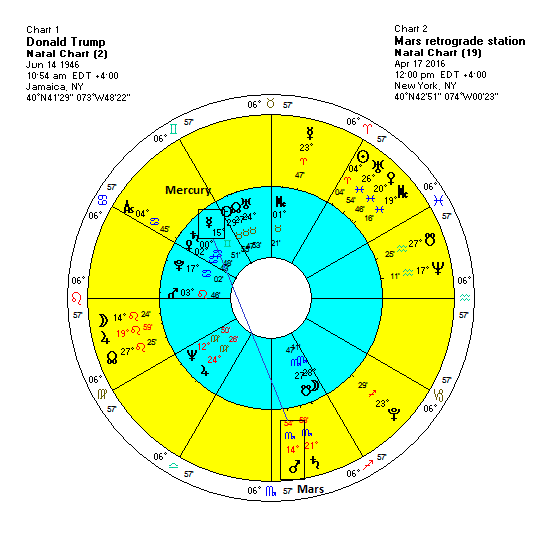
I still think Trump will experience a significant setback in the race sometime soon, probably between mid-March and mid-April. My guess is it could occur both in terms of electoral setbacks as well as formal obstacles to his nomination. Former GOP nominee Mitt Romney has made it plain that he doesn't like Trump and wants to see him defeated. Some analysts have even suggested that Romney could enter the race at the last minute if Marco Rubio is faltering. As this bizarre GOP circus unfolds, one gets a sense that this year anything is possible.
So I could be wrong and Donald Trump could well end up winning the nomination. And yet how to explain the heavy affliction in June and July by Mars and Uranus? Mars stations at 29 Libra on June 29th in an exact 8th house aspect to Trump's natal Sun. Is this simply a lot of energy (Mars) for Trump's ego (Sun) in the midst of a battle? It could be, but it also carries a bigger risk of a defeat or attack that damages him. A physical attack of some kind is also within the realm of possibility here given that the Sun rules his 1st house (the body)
Also, Uranus (0 Aries) stations in an exact square to his Saturn (0 Cancer) in July and August. This is symbolic of intense and sudden developments which are stressful. There is also a residual negativity in this pattern which is unhelpful for Trump fulfilling his wishes. In addition, Saturn (16 Scorpio) is approaching its station at 17 Scorpio in August and it will align closely with his all-important 11th house Mercury (15 Gemini). This is a very heavy and difficult influence that seems unlikely to correspond with the usual sense of personal victory and glory winning candidates enjoy at a convention.
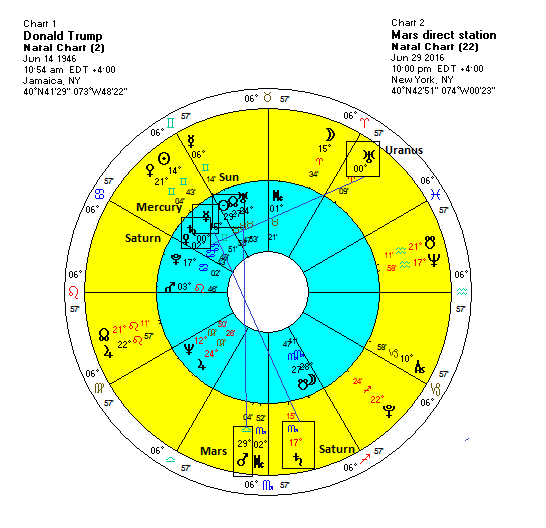
Perhaps he could conceivably still win the nomination at the convention but face fierce and embarrassing opposition in the form of protests or even an independent splinter movement within the GOP. The Trump Pyrrhic victory, in other words. And a defeat is still very possible given these active transits. These transits therefore suggest that the nomination will remain contested at least until early July and possibly right up to the convention. Betting markets are currently putting the odds of a brokered convention at about 25%. The planetary patterns suggest it may be much higher, probably more than 50%.
Another angle on this question can be seen in the chart of the previous nominee, Mitt Romney. He wants Trump to lose and for Rubio to win. One would think that his chart (which we have a birth time for) would provide useful evidence for what happens at the convention. If Romney's chart looks good that day, then it is hard to imagine how Trump will win the convention. As I see it, Romney's horoscope does look pretty good. Transiting Jupiter is in close opposition to his 10th house Sun (recognition, achievement) while transiting Sun and Mars set up nicely on his Moon-Jupiter conjunction. The Mars is a bit of a question mark but the Sun's trine to Moon-Jupiter elevates the net effect and makes the whole alignment positive.
Yes, transiting Saturn (16 Scorpio) is aspecting his 1st ruler Venus. This is not a good transit for winning anything perhaps. That said, given the weight of all the influences, the Saturn-Venus transit may simply be Romney's sense of fulfilling his responsbiliity (Saturn) as de facto senior spokesman of the GOP. He may know that the brokered, chaotic convention will be bad for the GOP's fortunes in the November election against Hillary Clinton, but it is necessary to preserve his status within the party and to keep Trump out. That is one possible reading at least.
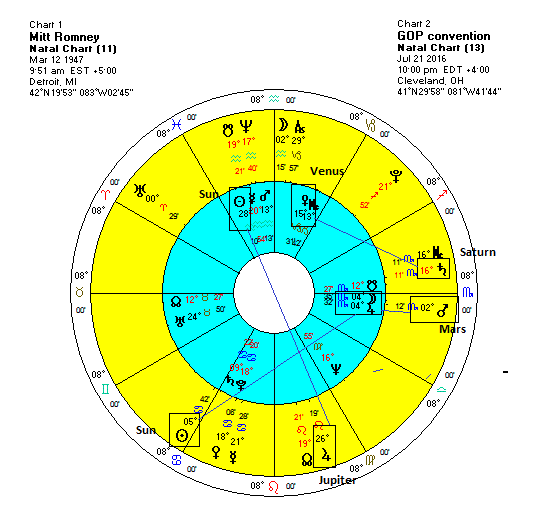
The bottom line here is that the GOP race may well remain undecided and/or contested until July and perhaps right down to the end of the convention on July 21st. This is likely to create a significant amount of uncertainty which will negatively affect financial markets. Wall Street and corporate America don't like Trump anyway since his protectionist policies would put an end to the free trade bonanza they have enjoyed over the past thirty years. A Trump nomination would likely spark a big decline in stocks at least in the short run. And with Brexit from the EU looking quite likely in June, we could be looking at a very turbulent early summer period.
Weekly Market Forecast
Stocks generally rose last week on better than expected US GDP data which allayed recession fears. The Dow gained more than 1% on the week to 16,639. Indian stocks declined, however, as investors weighed the impact of a rising Dollar and reduced FII inflows. The Sensex lost 2% to 23,154. In last week's forecast, I hinted at a mix of influences with some downside more likely in the second half of the week on the Mercury-Saturn aspect. Indian stocks fell under this aspect although US and European stocks fared better.
Stocks in Asia and Europe were mostly down on Monday and have opened flat in the US. The culprit was likely the close aspect of Saturn to Venus. While we could see some upside into midweek, the planets look more bearish in the second half. The Sun forms a square alignment with Saturn while Friday features a tense Mars square to Mercury. Both of these are bearish influences.
For more details and analysis on market trends for this week, this month and this year, please check out my weekly MVA Investor Newsletter. The newsletter includes discussion of US and Indian stock markets, as well as gold, oil and major currencies.

